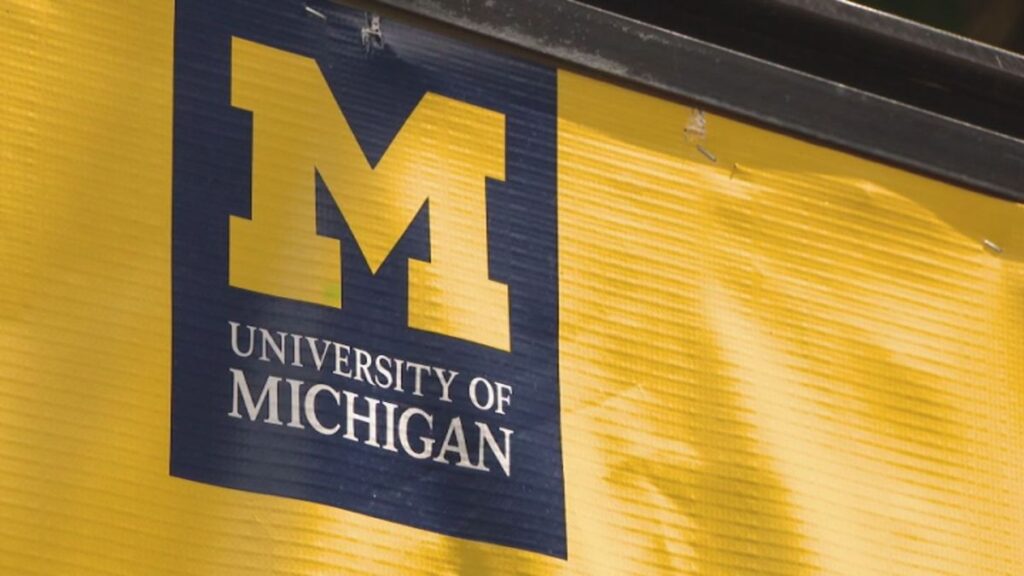The United States is set to see a sharp increase in its national debt after lawmakers approved a new spending bill that could add $3.3 trillion to government borrowing.
The bill comes as the country is already expected to run a budget deficit of more than $2 trillion in 2025. Economists warn that the growing debt may put more pressure on the dollar and financial markets.
Rising Cost of Debt
Interest payments on the national debt have become one of the government’s largest expenses, now topping $1 trillion a year. This cost is nearly equal to the country’s defense budget.
At the same time, U.S. Treasury auctions are showing weaker demand, especially from foreign investors. With the Federal Reserve cutting back on purchases, more debt is left for private investors, often at higher interest rates.
Dollar Under Pressure
Confidence in the U.S. dollar is slipping. The U.S. Dollar Index (DXY) fell by more than 10% in the first half of 2025, marking its worst January-to-June decline in more than five decades. Analysts say the drop shows growing concern about America’s financial stability.
Limited Options Ahead
Policymakers face tough choices. Raising taxes could slow the economy, while cutting spending could bring political backlash. Issuing more debt is the only short-term option, but it risks adding to long-term financial strain.
Some analysts warn that the U.S. might turn to inflation or money printing to manage its debt, both of which could weaken the dollar further.









